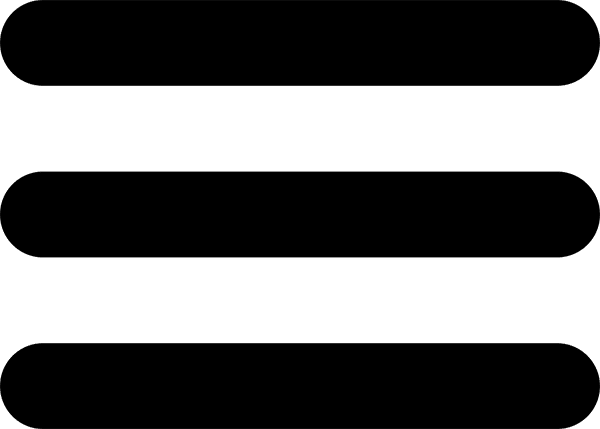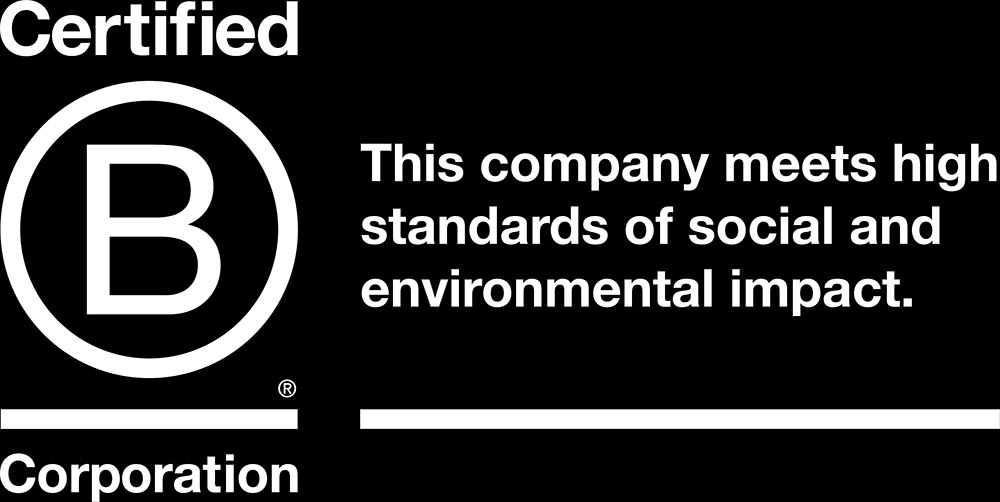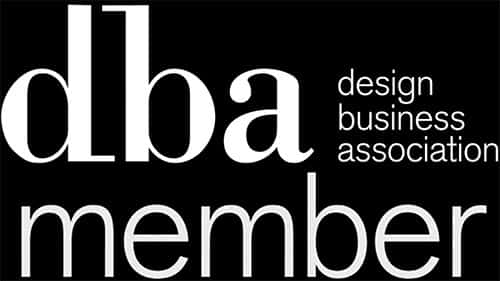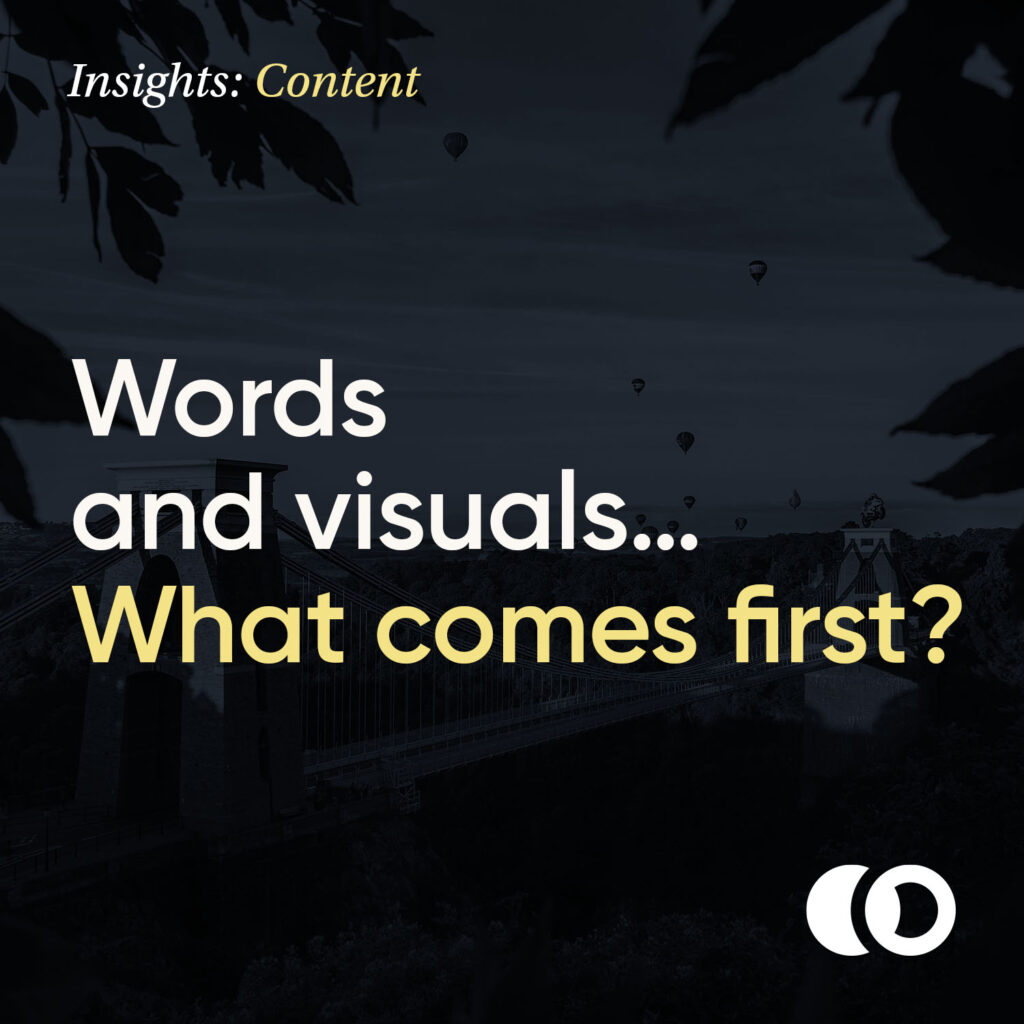
Blog Archive
Words and visuals… What comes first?
Author: Ed Garrett & Rin Hamburgh | circa 10 minute read
Over the last few years, we’ve been working closely with the award winning team at Rin Hamburgh & Co. They’ve supported us with our own website copy and market positioning, we’ve recently rebranded their agency, and we’ve worked collaboratively on a handful of incredible client projects too.
It’s been such an interesting journey for both parties, helping us to understand more deeply the value of what different agencies contribute to the branding, web design and the content marketing process. That’s why today we’re doing something a little bit different by bringing our founder Ed and RH&Co founder Rin together to share their thoughts about the power of words and visuals in the design process.
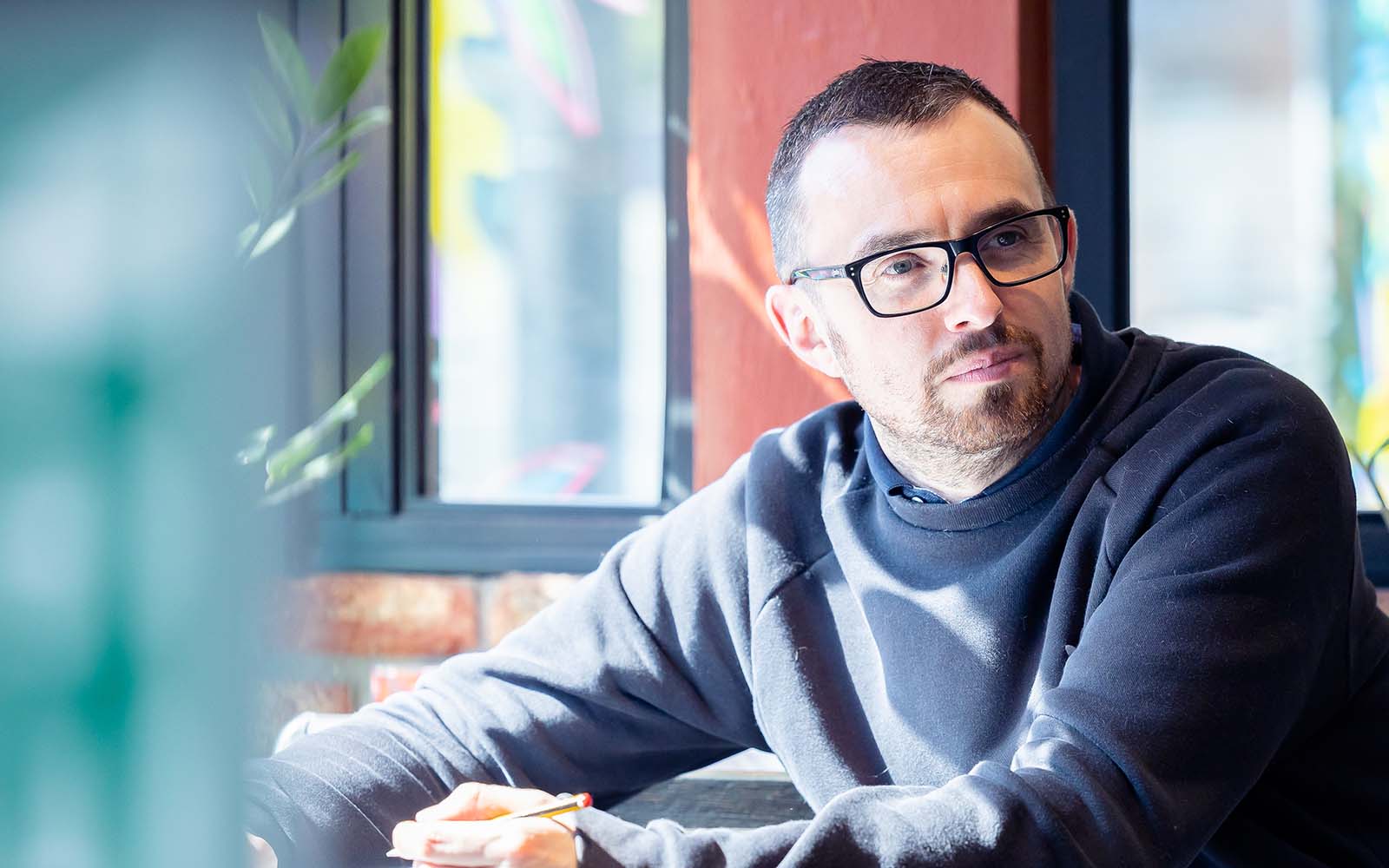
A designer’s view on the importance of words
Ed: I’ve always been a geek when it comes to typography, the type foundries are some of the real unsung heroes of the design world, but over the last few years I’ve gained a new level of appreciation for the writers and words behind the type. The first module I studied back at university was titled ‘An introduction to words and images’, so I’ve always known they go hand in hand, but working so closely with the RH&Co team has really brought that home in a new way.
Take a website for example. At least 50% of the content is written copy. Visual elements are used to communicate high level messaging, the essence of the brand and to support effective signposting. But the words provide a level of substance and detail that is absolutely critical to ensuring that a website achieves its objectives.
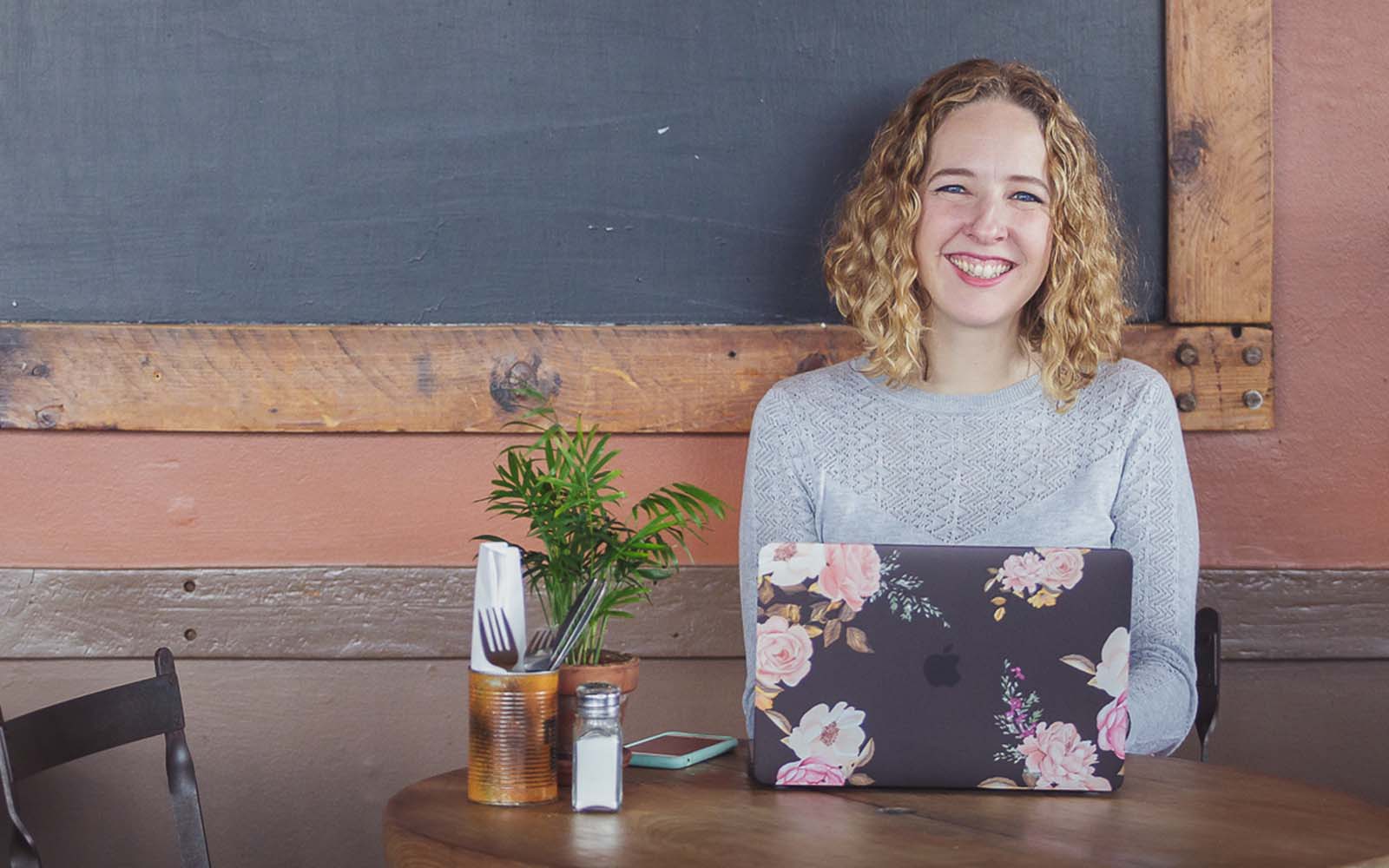
A copywriter’s view on the importance of design
Rin: I come from a magazine journalism background so design has always been something I’ve understood as a vital part of my work.
Writing an editorial feature isn’t like writing an essay or a novel, where people expect large chunks of unbroken text with very little design treatment. With a feature you have to think about your headline, your standfirst, probably a few pull quotes and a box out or two.
The same goes for almost all marketing copy. Even with something text heavy like a blog, you need to think about how it will look on the screen (phone and laptop or desktop). As a writer that means keeping paragraphs short and using plenty of subheads to break up that ‘big wall of text’ feel that puts people off.
So which comes first, words or visuals?
One thing we’ve been debating between ourselves is whether visuals or words should come first in the design process. The conclusion we’ve come to is – it depends!
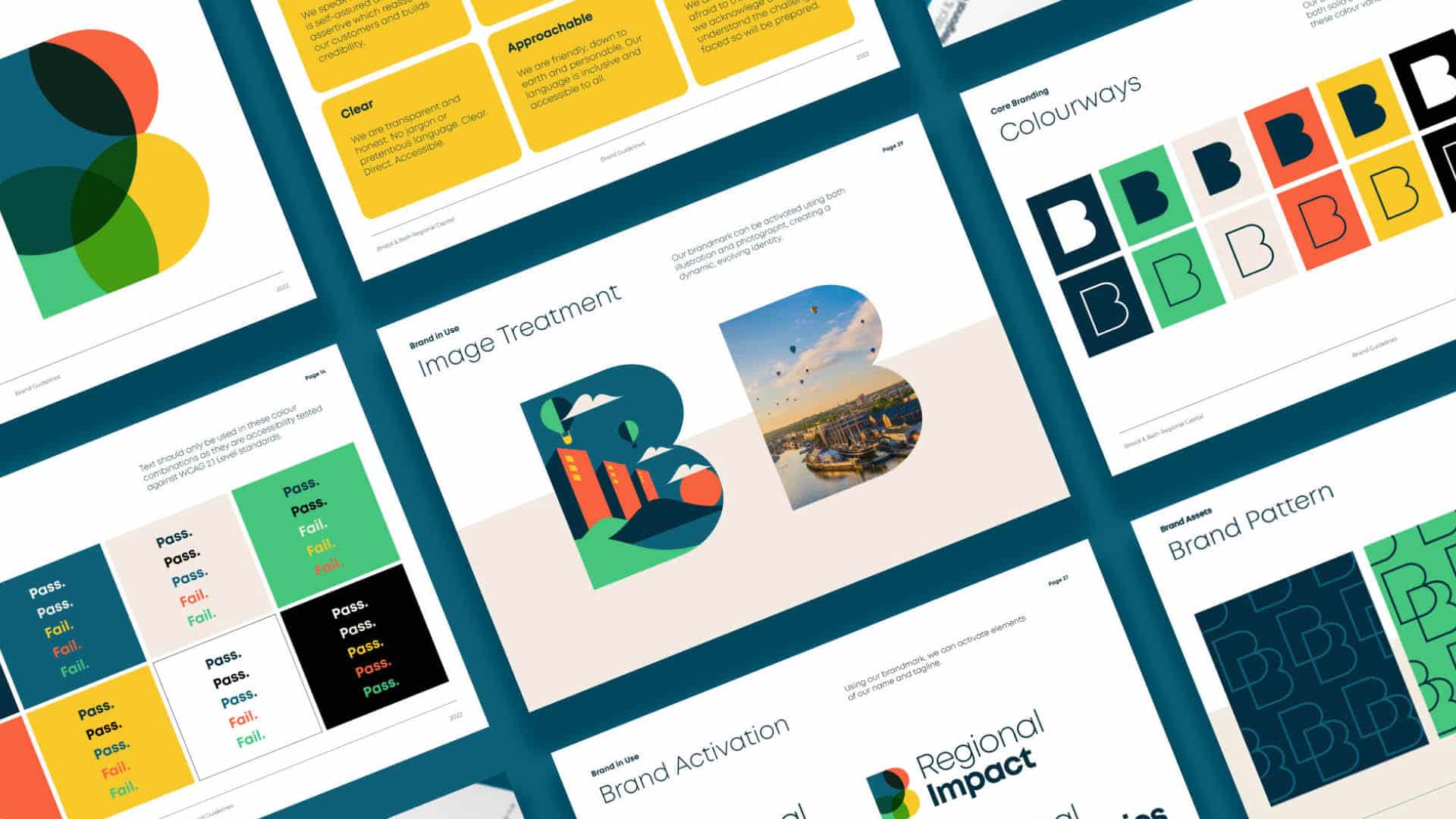
Words and visuals in the branding process
Ed: We’ve worked on a few branding projects with Rin where her team have been creating the brand messaging alongside our work. We’ve found it incredibly helpful to sit in on the messaging workshops and then use the copy that is produced to inform our creative process. This has influenced our process to such an extent that we now work on language and key messaging in tandem to the research and concept development elements of a project.
Often clients struggle to articulate exactly what they do, how they do it or why they’re different, and a good copywriter can help them in that process. That means we can begin the visual work from a much more accurate starting point that quickly gets to the heart of what the brand is.
Rin: Likewise, for us it’s been so inspiring to see the thoughts we’ve articulated being portrayed in a visual way. I think it’s definitely helped us to take our messaging work a step further. Creating a brand mark and creating a strapline are, it turns out, very similar processes.
What Ed and I have realised from our discussions is that in brand work, it’s helpful to be able to articulate your message and value proposition before you go too far with anything else. But that doesn’t have to be a linear process, with messaging being fully signed off before design work can start. The slightly more blended approach we’ve used with the Garett Creative team has been really effective.
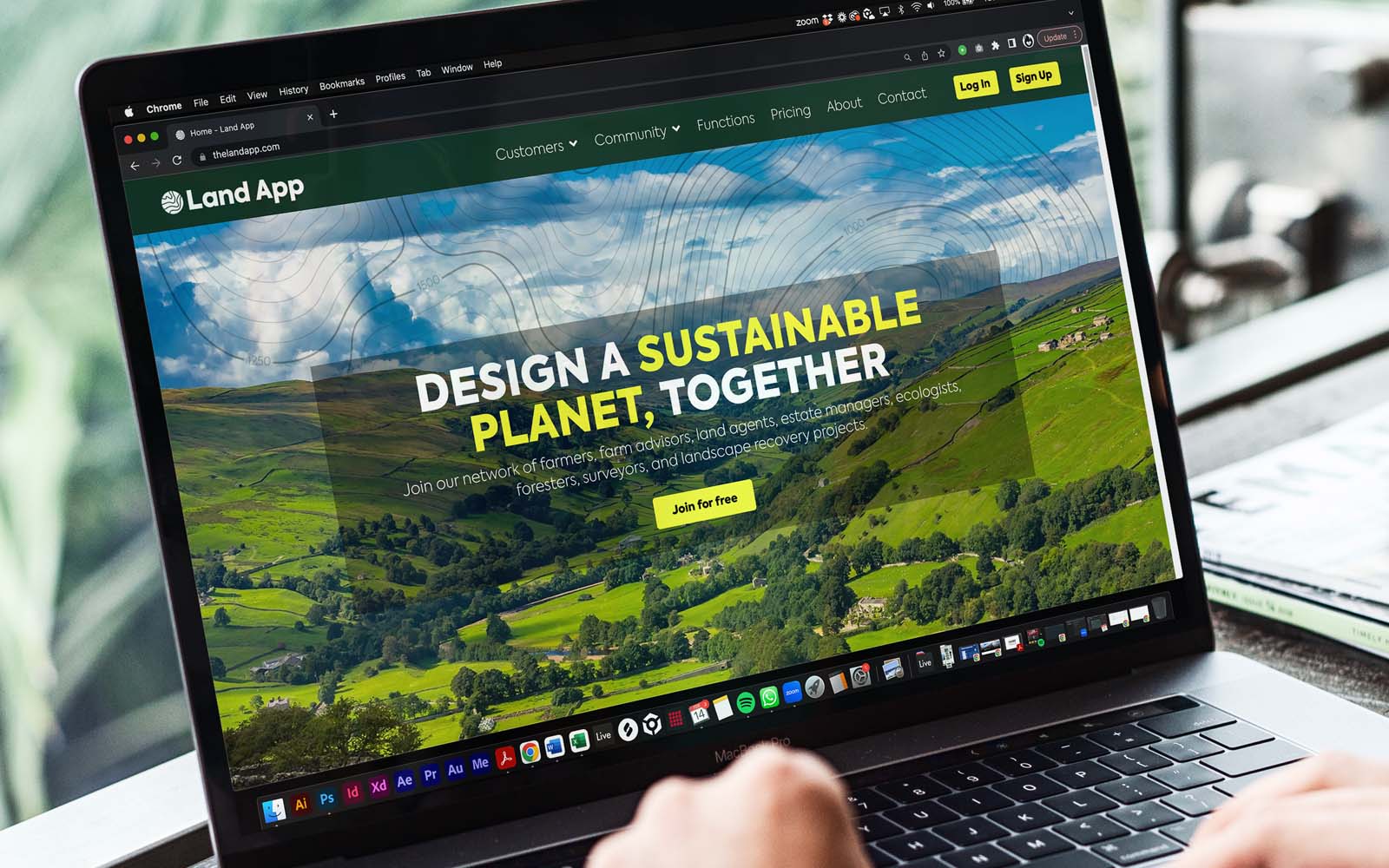
Creating website designs and copy
Ed: We’ve been building websites for some time now and up until we started working with Rin we always relied on our clients to provide the copy. Don’t get me wrong, some of it has been exceptional, but in reality it can be quite difficult to write about yourself.
When we started redesigning our own website we knew we needed to step our game up. We needed our website to represent the expertise in the studio as well as the quality of our design work. Rin and the team were able to interrogate our knowledge and help us to present it in a way that flowed seamlessly from a UX perspective and resonated with our clients.
Words can be beautiful; combined with the right typeface and design elements they are a powerful tool in a brand’s tool kit.
Rin: For us as copywriters there are three steps when it comes to website copy: the core messaging, the structure that we’re writing into, and the language – the actual words that we use to create the tone and personality of the brand.
The first and third have to be done by us, but the middle one can be done by either the web designer or the copywriter – or both. So there have been times where we’ve started the writing process with a blank slate, and others where we’ve written into wireframes that have already been designed.
Inevitably there is going to be some back and forth between the words and the layout, so what we like to do is work collaboratively with a designer. For example, we always do one final amends stage once the words are on the site, in case certain blocks of text are too long or short.
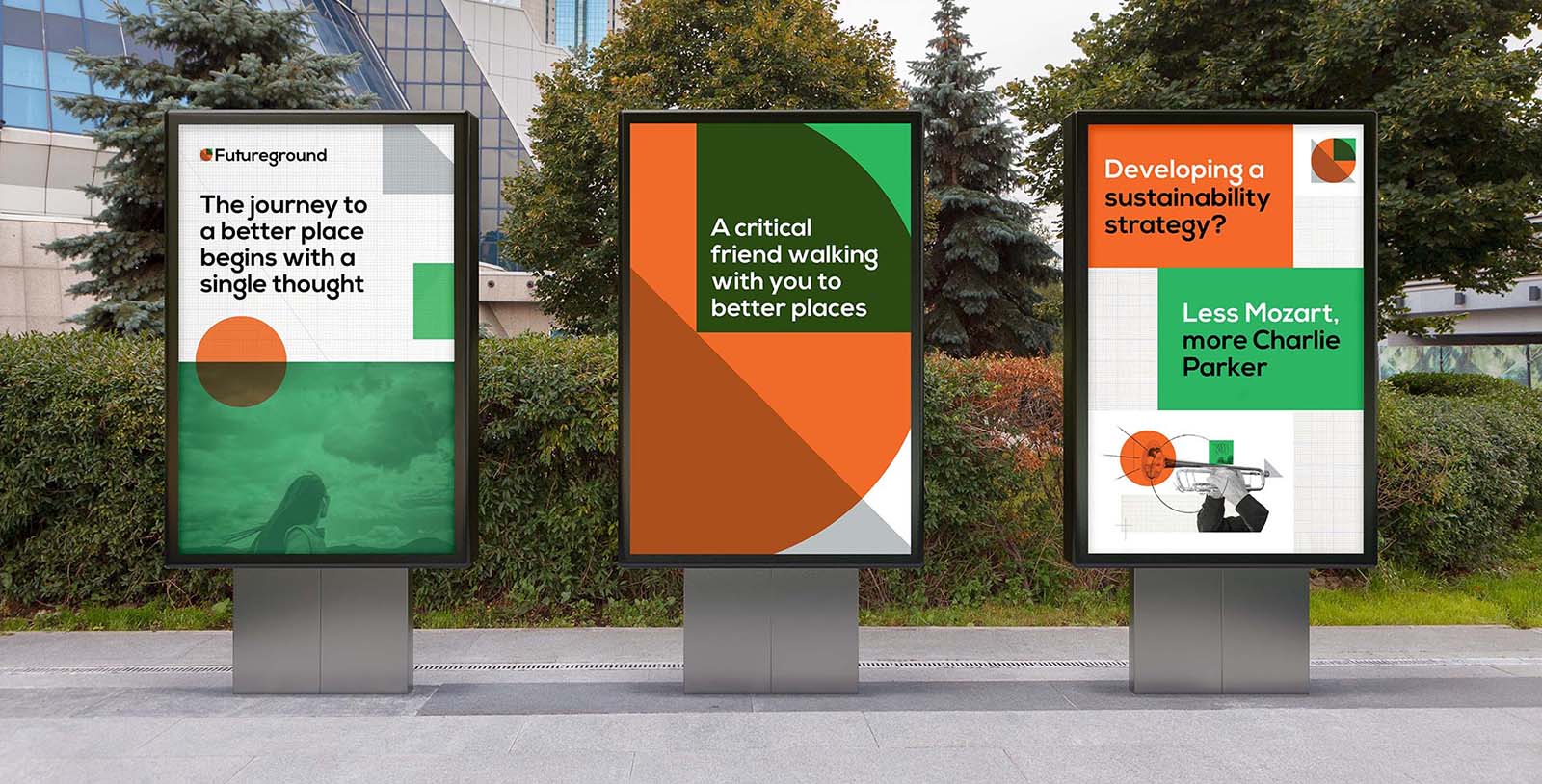
Content marketing for digital and print
Ed: One thing I’ve learned is that no two projects are the same. Yes, we have tried and tested processes and ways of working, but we also need to be flexible enough to suit each client – their goals, their audience and the assets they have available.
Sometimes we’ve had copy provided and have needed to make the visuals and design elements flex to that, other times we’ve had full reign to allow the design to take the lead. The best outcomes are about balance and getting both words and images to work in harmony rather than having to fight each other for attention.
That’s what our job is as a creative agency. To bring together different elements – brand, graphic and web design, illustration, photography, words – and make them work together to create a whole, cohesive identity that is more powerful than these elements in isolation.
Rin: I agree with Ed. Outside of branding / messaging and websites, I don’t think there’s really a straightforward answer as to whether words or visuals come first. Even when I was a magazine editor, I might start with a clever, conceptual headline and look for imagery to support that, or I might find a great image and write the copy to fit.
I guess it comes back to something that has come up again and again when Ed and I have been talking about this stuff – it’s about collaboration. I’ve always liked the idea of the whole being greater than the sum of its parts and I think that when it comes to visual design and words, that really is true.
How we work together
Having concluded that the best approach to creating words and visuals is a collaborative one, we thought you might like to see how our approach has panned out on some client projects over the years.
BBRC – A fascinating project which covered brand strategy and design, website and UX design, and content production for digital and print. We led on the elements above while Rin and the team focused on brand voice and website copy, unpicking BBRC’s multiple customer personas which each required copy and messaging that was micro targeted to their specific challenges.
The Land App – A huge project combining branding and web design, this piece of work required an element of messaging work at the start so we brought Rin and her team in early to support that. From there we were able to produce designs in parallel with the messaging and copy that RH&Co was doing, testing out different page layouts in an iterative way to inform both visuals and copy.
Futureground – This was an exciting collaborative project that saw us run a joint discovery session, which informed both the messaging and the visual design elements. The whole project – including branding, illustration and iconography, website copy and case studies – was run jointly, with regular interagency client meetings to keep us on all the same page.
So, what next?
At The Discourse, we have been designing incredible brand identities, websites and content marketing campaigns for B2B Consultancies for well over 5 years. We’ve proven that organisations that embrace brand, the web and content are more successful over the long term. Our clients typically spend from £5k to £20k on brand strategy and design, website projects range from £5k to £20k depending on size and functionality.
Our collaboration work with RH&CO. varies in cost depending on the deliverables – From website copy to full on support with brand voice and messaging, pricing tends to range from £4k to £10k depending on the project.
If you’re ready to take your business or charity to the next level then please get in contact today via our contact page or by emailing us at: [email protected]

